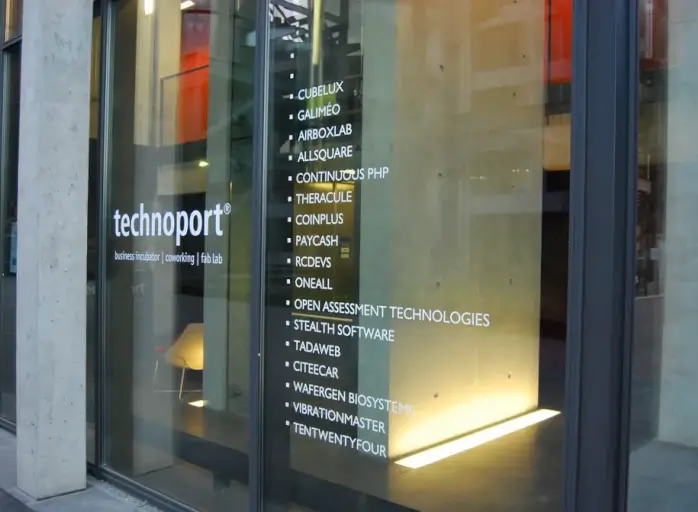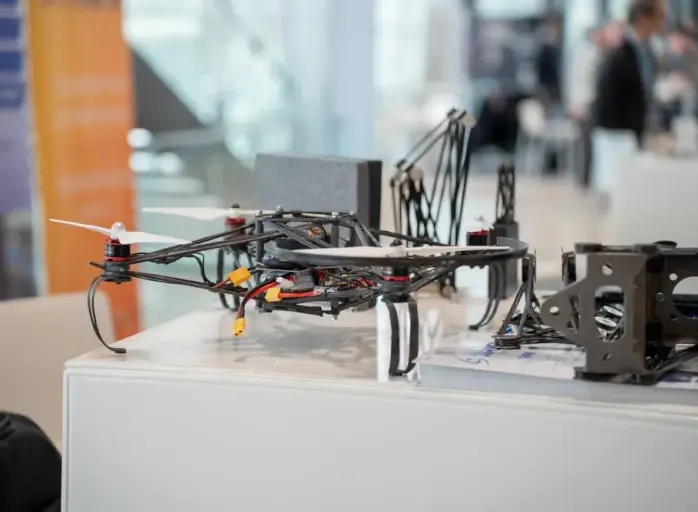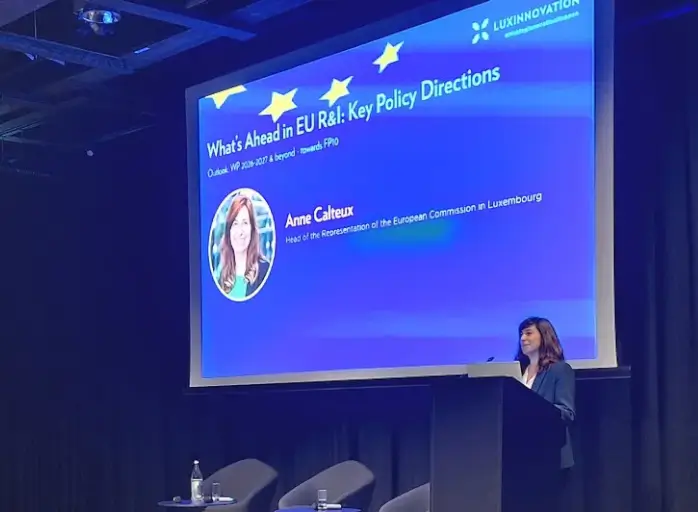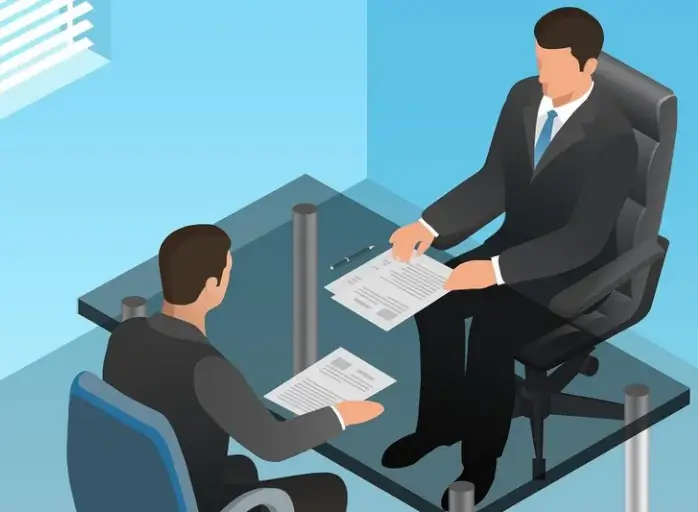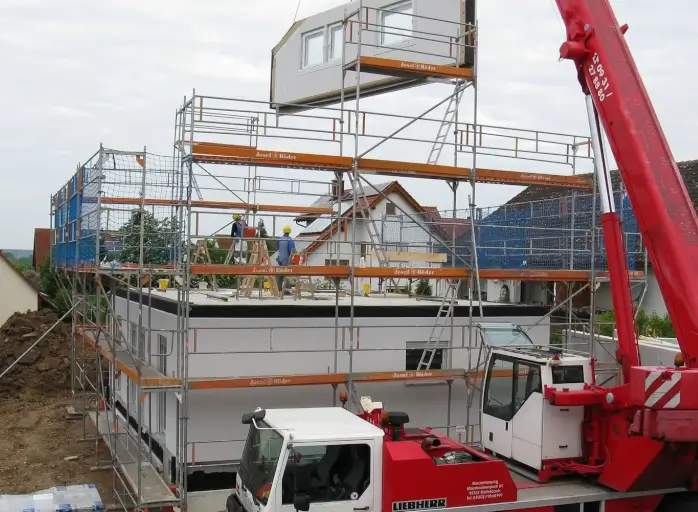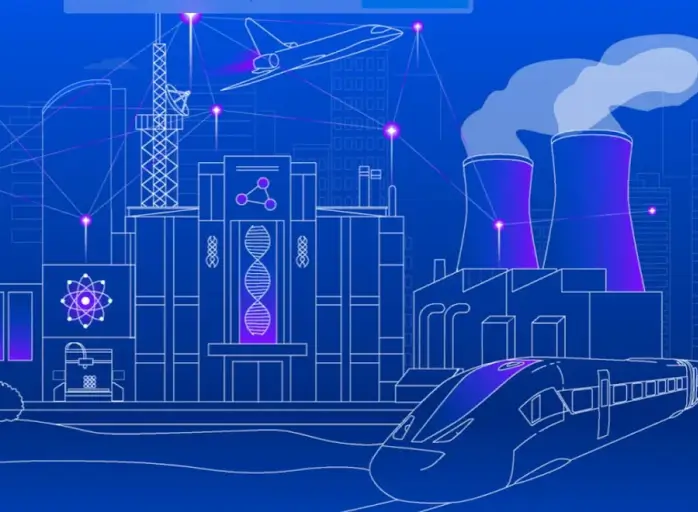

Reusing construction materials: "The ball is in the middle of the field"
According to Bruno Domange (LIST), public and private stakeholders have a shared interest in moving in the same direction for better managing the deconstruction of buildings and the reuse pf materials.
Through the law on waster dated 21 March 2012, Luxembourg transposed the European Directive 2008/98/EC on waste into national law. As the name suggests, this text outlines the fate of all kinds of waste, but does not consider specific treatments for construction materials. Reuse is barely mentioned. Reconstruction not at all.
However, construction and demolition waste constitutes between 25 and 30% of the total waste volume created in the European Union, making it the most significant type of waste.
Article 26 of the law foresaw the creation of an inventory to identify and list the different materials used in a structure prior to demolition, but it was only in 2018 when the Environmental Administration and the Luxembourg Institute of Science and Technology (LIST) launched a joint initiative that the practical aspects of such an inventory were clarified.
A comprehensive roundtable discussion
"Following the publication of this inventory, a working group was established in conjunction with the Centre de Ressources des Technologies et de l'Innovation pour le Bâtiment (CRTI-B), bringing together key public and private actors in deconstruction," recalls Bruno Domange, Senior Environmental Engineer at LIST.
Distinguish between waste and materials to be recovered.
The working group included government agencies (Public Building, Environment), professional associations (skilled crafts, construction companies), researchers, construction and/or deconstruction companies, architects, etc. "It was important to gather as broad a range of stakeholders as possible to collectively reflect on the process of an ideal construction site," notes Mr Domange. "Above all, we needed to change the paradigm: shifting from a 'demolish quickly and cheaply' approach, with little regard for the 'how’, to implementing selective and controlled deconstruction, distinguishing between waste and materials to be redeveloped."
Faced with the realisation that certain players in the construction field, particularly some public project owners, had little grasp of these various concepts, the next step was promptly drafting a comprehensive deconstruction guide. The objective was to present best practices and how a construction site should operate.
"When this guide was drafted, the question of reuse became predominant. We then developed a methodology for establishing another inventory, complementary, dedicated to reuse. It is not quite the same philosophy, but the intention remains to preserve construction materials and elements as they are and avoid the necessity of recycling them," explains Mr Domange.
For a physical platform
 Simultaneously, LIST was also invited to participate in the Interreg FCRBE project (Facilitating the Circulation of Reclaimed Building Elements in Northwestern Europe). This joint initiative involving several European partners, led by the Belgian non-profit association Rotor, has the ambition to increase the quantity of reclaimed construction elements circulating in its territory by +50% by 2032.
Simultaneously, LIST was also invited to participate in the Interreg FCRBE project (Facilitating the Circulation of Reclaimed Building Elements in Northwestern Europe). This joint initiative involving several European partners, led by the Belgian non-profit association Rotor, has the ambition to increase the quantity of reclaimed construction elements circulating in its territory by +50% by 2032.
In all scenarios, there is a need to unite a maximum number of actors and stakeholders in the sector around a common initiative to achieve concrete successes. The creation of a physical platform is an essential precondition for success, as it would provide to store materials during the period between the deconstruction at one site and the redeployment at another. In the meantime, two virtual platforms are in the process of being established in Luxembourg.
"It is always tempting to think that reused materials are inevitably 'cheap' and not very attractive. Yet, the practice works very well in the clothing and automobile industries. Why wouldn't it work in construction, which is much less complex in many respects?" wonders Mr Domange.
An open structure
The major question raised by the report remains: what form could – or should? – such a platform take? "Ideally, an economic interest group or a cooperative," comments Charles-Albert Florentin, Cluster Manager – CleanTech at Luxinnovation and coordinator of the study "Establishment of a Reuse Platform in the Grand Duchy of Luxembourg" presented in early July. "Such a structure must be open to anyone wishing to contribute or benefit from it, to avoid creating distortions."
Clearly, someone needs to take the leap.
The major obstacle remains the financial risk and the expected low profitability of such a platform: the margin associated with these materials is very small, there is no reduced VAT rate or exemption, and there is tough price competition between reused and new materials.
Yet, a similar model already exists at places for collecting, reusing or reselling objects destined for disposal, which are broadly supported by public authorities for their expansion. "Clearly, someone needs to take the leap. The ball is in the middle of the field, among all concerned parties. It needs to circulate now," concludes Mr Domange.
Photo: Tham Yuan Yuan / Pixabay


